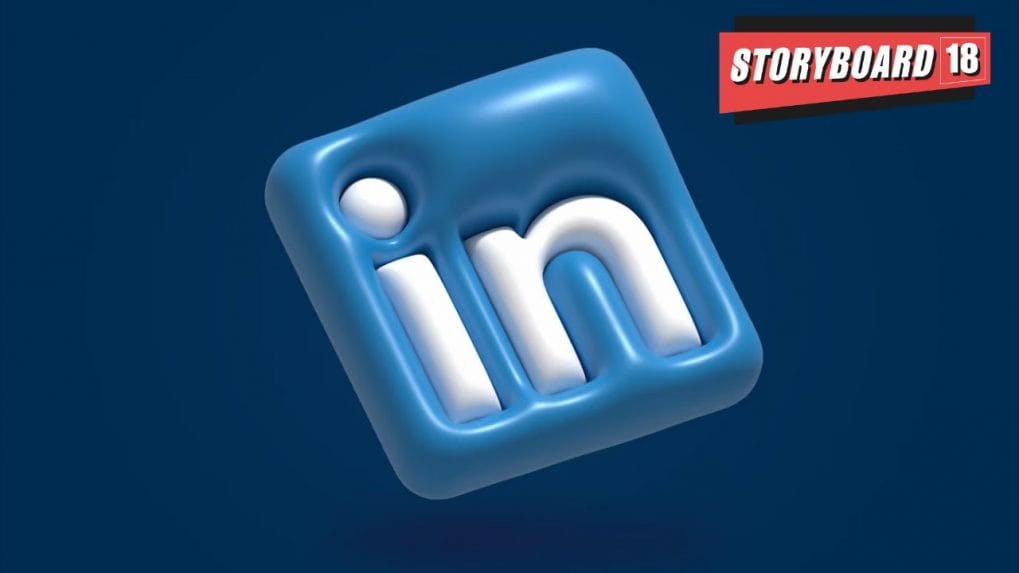Advertising
Layoffs in Adland: Omnicom's acquisition of IPG nears finish line. But at what human cost?

Unlike mainstream social media platforms where paid promotions are now routine, brand collaborations on LinkedIn are still relatively new. Although LinkedIn introduced its “Brand Partnership” label about two years ago, limited usage and poor visibility mean many remain unaware of it. LinkedIn has seen professionals posting favourable views about products, services, or ad campaigns without disclosing their material connections, as per ASCI's Annual Complaints Report 2024-25.
This lack of transparency is misleading. When influencers fail to declare material connections— using simple labels like “Ad” or “Partnership” which are prominent and unmissable, audiences may mistake sponsored content for independent opinion. The onus is on the influencer to ensure clarity and to uphold trust on a platform built to promote professional credibility, the report highlights.
Manisha Kapoor, CEO & Secretary General of ASCI told Storyboard18, "LinkedIn, a processional networking platform is now being seen as a marketplace by brands. Recruiting professional leaders who have a good following is resulting in “Linkedfluencers”. So long as they disclose in an upfront and prominent way that the post is promotional in nature, they are on the right side of advertising regulation. Unfortunately we have come across many examples where such Linkedfluencers do not disclose their material connection. This is a breach of ASCI codes as well as CCPA gudielines, and therefore the law."
The rise of such undisclosed partnerships isn’t occurring in a vacuum. Reports indicate that LinkedIn's CPMs (Cost Per Mille) and CPCs (Cost Per Click) have increased significantly, sometimes two to three times more than other channels, making it less cost-efficient for broader outreach. This financial pressure on direct advertising might incentivize brands to explore influencer collaborations as a potentially more cost-effective or relationship-driven way to reach their target audience, further emphasizing the need for transparent disclosure.
Experts note that while larger brands continue to invest in LinkedIn ads for niche B2B audiences, many smaller and mid-sized brands are reallocating budgets to platforms like Meta, seeking better ROI and broader reach at lower costs.
This environment of intense competition for attention and conversion puts pressure on brands to find effective promotional channels, leading to the rise of “Linkedfluencers” and the subsequent need for strict adherence to disclosure norms.
Since January 2025, ASCI has investigated 121 LinkedIn influencer posts flagged by users for failing to disclose material connections. These influencers—often senior professionals, consultants, and business leaders—are expected to be more informed than typical social media creators. In light of this, ASCI issued an advisory urging all LinkedIn influencers to comply with the ASCI Guidelines for Influencers in Digital Media and the CCPA regulations under the Consumer Protection Act, 2019.
According to LinkedIn’s research with over 1,700 B2B tech buyers, video storytelling has emerged as the most trusted, engaging, and effective format for B2B marketers. But what’s driving this shift towards video in B2B? (Image Source: Unsplash)
Read MoreIndia’s parliamentary panel warns fake news threatens democracy, markets and media credibility, urging stronger regulation, fact-checking, AI oversight and global cooperation.